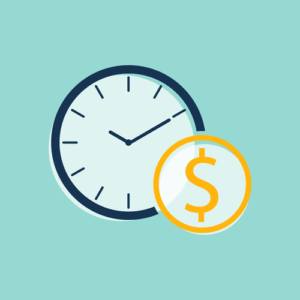
The cost of capital is often calculated by a company’s finance department and used by management to set a discount rate (or hurdle rate) that must be beaten to justify an investment. The cost of capital becomes all the more critical in the fiercely competitive Indian financial market where efficient resource allocation is a must to survive. Cost of debt is the interest rate that a company pays on its borrowed funds, such as loans or bonds. It is typically lower than the cost of equity due to the tax-deductibility of interest payments.
Component Cost of Capital
It enables them to maximize profitability, enhance financial stability, and make informed investment decisions. By optimizing the components of capital cost, businesses can improve their financial performance, withstand economic challenges, and drive sustainable growth. It is essential for businesses to adopt effective strategies and continuously review and monitor their capital cost to stay competitive in today’s dynamic business environment. By carefully calculating and monitoring the components of capital cost, businesses can maintain a healthy balance between debt and equity financing. This balance is crucial for avoiding excessive reliance on debt, which can lead to financial instability. Striking the right balance between debt and equity ensures that the company has a sustainable capital structure, reducing the risk of financial distress.

Investment in Research and Development
By comparing actual returns earned on investment (ROI) against the cost of capital, you can see if a company is making enough returns to cover the cost of financing. This is especially relevant in India, where changing economic conditions and high borrowing rates could make it hard for companies to surpass their cost of capital. Knowing the cost of capital definition, how to calculate it and its implications is crucial to any business. It is a fundamental metric that provides insights into a company’s overall financial health and also indicates how well a company capital cost definition can ride out risks and handle investments in the future. The cost of capital refers to the cost that a company incurs in order to raise funds for financing its operations and investments. It represents the return that investors expect to receive for providing capital to the company.

Valuation of Projects

However, businesses should retained earnings balance sheet carefully assess the capital cost and expected returns before making such investments. In this example, the WACC is 6.5%, which means that the company needs to generate a return of at least 6.5% from its investments to satisfy its debt and equity investors. Investing in tangible assets can be a significant capital expense for companies. For example, a manufacturing company may need to purchase new machinery to increase production capacity. The cost of acquiring these tangible assets, including the purchase price, installation costs, and any necessary upgrades, would be considered part of the capital cost.
- The firm’s overall cost of capital is based on the weighted average of these costs.
- Ultimately, the decision to proceed with the investment would be perceived as irrational from a pure risk perspective.
- The cost is typically deducted fully in the year the expense is incurred, however, if the expense maintains the asset in its current condition, such as a repair.
- The weight of each component is determined by its proportionate value in the overall market value of the company.
EnKash secures PPI license; aims to lead in Corporate Cards and Spend Management
Hence, the cost of capital is also referred to as the “discount rate” or “minimum required rate of return”. Below is a break down of subject weightings in the FMVA® financial analyst AI in Accounting program. As you can see there is a heavy focus on financial modeling, finance, Excel, business valuation, budgeting/forecasting, PowerPoint presentations, accounting and business strategy. For example, if a technology firm wants to acquire a startup, it must assess whether the purchase’s combined benefits and future cash flows will be higher than the cost of the capital used to fund the acquisition. Equity is the amount of cash available to shareholders due to asset liquidation and paying off outstanding debts, and it’s crucial to a company’s long-term success.
- The cost of capital is a key factor in a company’s decision-making regarding its financial processes.
- Discover the definition and calculation of capital cost, along with its importance in maximizing profitability, enhancing financial stability, and making informed investment decisions.
- This is because the software upgrade is expected to enhance the company’s productivity over an extended period.
- Consequently, a healthy investment will generate increasing returns for its investors that exceed the costs of capital employed.
- It tells you what it takes to finance your operations or future plans, and whether the expected return is worth it.
